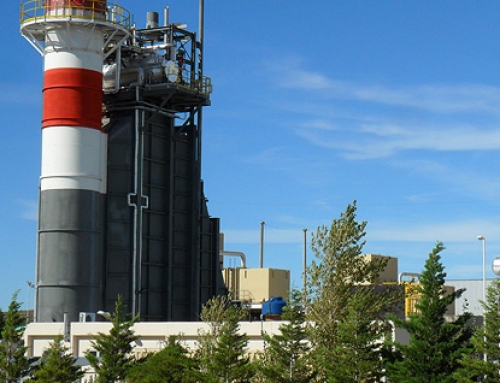Rurelec’s basic strategy is to acquire, develop and manage small to medium sized power plants in South America. Over time, it has become clear that this “combined” strategy is tough to deliver. In general, power generators are pulling back from power project development, a high risk activity, in favour of the ownership of plants already commissioned, which come with a rather more predictable return, a bit like an annuity.
Initially Rurelec prospered and listed on AIM in 2004. It had operations in Argentina and Bolivia, with future development prospects in both Chile and Peru. But on May 1 2010 the Bolivian Government nationalised Rurelec’s 50.01 per cent-owned power plant, Guaracachi, which was at that time the largest electricity generator in the country. The company duly filed a claim for compensation, which went to what became a very drawn out and very expensive arbitration procedure, or “nightmare” as it was described in a recent annual report.
For the eventual, long-delayed, 2014 arbitration award fell well short of Rurelec’s claim for $142.3 million and indeed “represented less than half the book value of Rurelec’s 2006 investment in Guaracachi.”. There was worse to come: the $31.534 m finally paid by the Bolivian Government in June 2014 in full and final settlement was at a further discount from the original arbitration award. The resulting mark-downs left Rurelec in debt, forced to rely on high-interest, short-term, loans and short of cash for funding other projects.
In Argentina, it has had other problems. The company owns 50 per cent of Energia del Sur S.A. (EdS) which owns and operates a136 MW combined cycle gas turbine (CCGT) facility in Patagonia, where there is a power shortage. EdS supplies electricity to the rural electrification cooperative in Comodoro Rivadavia and to BP’s Argentine subsidiary. The plant continues to perform satisfactorily, but it is only recently that a more pro-business government has made it possible to repatriate money, and changes in British accounting procedures have further complicated the situation.
In Peru, the company had been successful in completing and operating the 5.6MW Canchayllo run-of-river hydro plant in the Junin province, some 250km east of Lima. But in recognition of the company’s financial situation the plant was sold for £4.4 million on May 15 2015 and the proceeds used to pay off debt. The company retains an interest in the larger Santa Rita Hydro project, which is currently on “hold.”
In Chile, the Arica project has proved to be too difficult to push through. The result was a further mark-down. The Central Illapa project, on the other hand, continues to make some progress, though there has been no announcement about financial close.
All this is reflected in today’s share price of 1.08p, which translates into a market cap of some £6.4m, yet arguably a calculation derived from NAV per share might suggest value for the company of around £40m. Much depends on the value to be assigned to the company’s undeniable physical assets. There is the operation in Argentina, the two turbines in storage in Italy, which are in the books for £16.195m, and a further turbine in storage in Chile, in the books for some $3m.
Interestingly, even after the company had listed on AIM, less than 30 per cent of the shares were available to be traded. According to the latest figures, there are 561,387,586 shares in the company, but the Sterling Trust holds 303,092,303 shares, or 53.99 per cent of the total issue and YF Finance has a further 96,565,166, or 17.201 per cent. In addition, HSBC nominees hold 19,121,782 shares, or 3.406 per cent. The total of 418,779,151 represents over three quarters of the shares.
But for the market, perhaps the key fact is that the Sterling Trust has been in administration for some time, with all that that implies.

